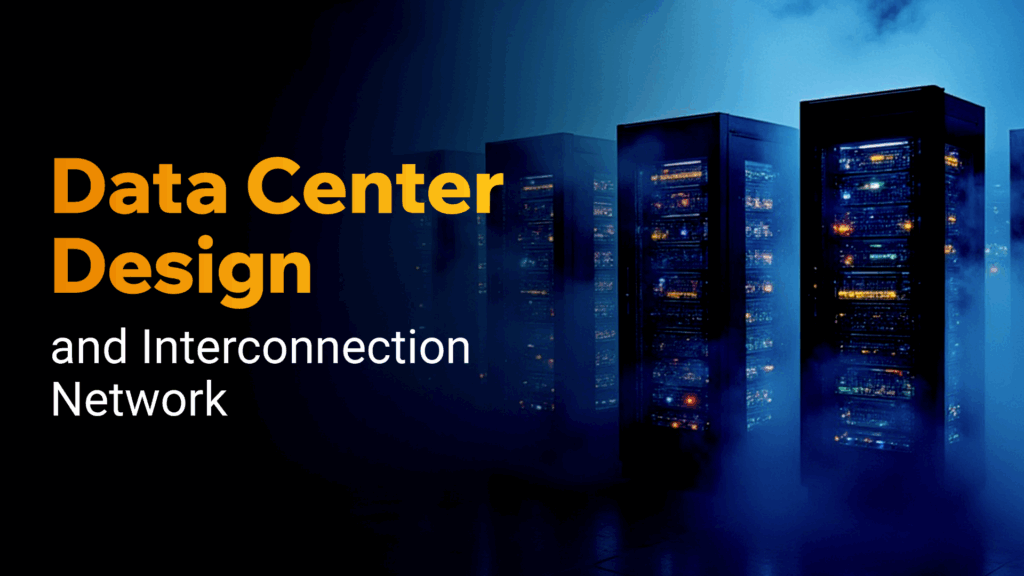
Data centers are the backbone of our online world. They house critical computing and storage resources, ensuring that applications, data, and content are always accessible. A well-designed data center and interconnection network are essential for maintaining high performance, reliability, and scalability.
Understanding Data Center Design
Data center design involves several key components:
- Location and Layout: Choosing the right location and designing an efficient layout are crucial. Factors such as power availability, cooling systems, and physical security must be considered.
- Infrastructure: Robust infrastructure, including servers, storage devices, and networking equipment, is essential for optimal performance.
- Cooling Systems: Effective cooling systems prevent overheating and ensure the longevity of equipment.
- Power Management: Reliable power sources and backup systems are vital to prevent downtime.
Interconnection Networks
Data Center Interconnect (DCI) technology connects multiple data centers over varying distances using high-speed packet-optical connectivity
1. This enables data centers to share resources, balance workloads, and provide redundancy.
Key Considerations for DCI Design
- Recovery Time Objective (RTO): Defines the maximum acceptable downtime for services 2.
- Recovery Point Objective (RPO): Determines the acceptable amount of data loss in case of failure 2.
- Layer 2 vs. Layer 3 Design: Layer 3 designs are more common and straightforward, while Layer 2 designs may be necessary for specific business requirements.



